|
Hooo-LY crap guys. It has been... a week. On December 8th, the OHV Commission met to deliberate and decide on all applications submitted, and the Recreational Trails Program conducted meetings from December 8th through December 10th to hear presentations on their applications. The Nevada Off-Highway Vehicles Program Grants The Nevada OHV Commission received a total of 26 applications this year, and 2 of those were RAD's. This year's applications were substantial - a lot of 6-figure project requests, and a million bucks statewide goes quick. Our application for the RAD Communities Project was a total slam dunk. The Commission was well aware of the wide impact from our two previous community clean-up's we hosted, and gave their full support for the $15,180.00 we requested with zero critical comments whatsoever. Funding is live as of January 1, 2021, so RAD is now in the market for an enclosed utility trailer (budget: approximately $5,000) which we will outfit to contain all the tools and other equipment RAD is accumulating -- instead of taking up space in the RADmins' sheds and garages. We are also going to be getting some custom Reno Area Dirtriders EZ-up tents and flags to look a little more profesh. With this project you can look forward to the following events on our calendar:
Our $138k application for the Peavine Maze Connectivity project took a bit of a beating. The Department of Wildlife submitted "major objections" over concerns about the mule deer. I explained that the wildlife surveys we are proposing to conduct through this grant would reveal whether any such issues actually exist. I'd been in touch with the Forest Service's wildlife biologist directly who has not expressed concern over deer with respect to the proposed alignments we submitted, and was only specifically concerned with certain birds in very specific habitat conditions. Commissioner Fell backed this up and emphasized that the whole purpose of our project at this time was to conduct these feasibility studies and how to mitigate anything that may come up. Also in our favor, the Forest Service is in our corner and supportive of the project. Ultimately, NDOW's comments about the deer did not affect the decision of the Commission. Although the Commission is pleased to see a project that addresses the specific need for more singletrack trails and recognizes the big picture of our concept, they were very firmly unwilling to fund any portion of the trails on the other side of the Nevada state line. The motion passed by the Commission funded us with $69,153 -- half the budget, to cover the half of the project consisting of the trails on the Nevada. But the real kicker is that this funding is contingent on us finding another source of funding for the California half of the project. This was like the equivalent of when you try to hop a log, but your front tire just plows into it and you flip over the handlebars.... you made it over the log, but your bike is still stuck the other side. To move this project forward, we need to find another $65,000 or so. Immediately, we turned to the Yamaha Outdoor Access Initiative program and talked with a representative of that program about our situation. She encouraged us to apply for a maximum of $30,000, which would get us about half way there. This application needs to be submitted by December 15th and would be awarded at the end of January if successful. We are also going to apply for some funding from the Right Rider Access Fund, which can get us a limited amount likely between $10,000 - $20,000. This application is due January 15th and awarded in March. We are enthusiastically getting very strong support letters for these secondary grant applications from the NV OHV Commission, our USFS District Ranger, Sierra Buttes Trail Stewardship, Michaels Reno Powersports (the Yamaha dealer) and Truckee Dirt Riders... all stakeholders who are behind this and want to see these trails happen too. We are dead-set determined to make these new trails happen - full stop. I'm in high gear to jam this last minute application out to Yamaha on the tight deadline, and simultaneously searching for other funding to patch together the other half of the budget we need to move forward. There were some other good wins that came out of the Commission meeting that day as well. MotoMedX, a brand new nonprofit based in Reno, received some funding to help develop this volunteer based program which will provide onsite medical services and training at all kinds of dirtbike and other OHV-related events. If you crashed and hurt yourself at a MRANN race this year, you met the man behind MotoMedX. Steve Clark is a great rider, a Captain of a Reno Fire Department station and extremely passionate about being able to leverage his combined skillset and resources to the benefit of all of us. You'll see MotoMedX around at RAD events in the future. The BLM received significant funding for their enhancement of Moonrocks. Their funding will go toward completing the requisite surveys needed for the area to update the BLM's resource database, the addition of staging area features (kiosks, restrooms, garbage, etc.), road maintenance, trail maintenance and inventorying trails. This is great news for us because it will open the doors for us to finally do maintenance on the singletrack we pick, and ultimately ensure they are preserved as system motorcycle-only trails. We will keep in close contact with the BLM as their project unfolds and they welcome our contributions as a user group to have a stake in our parts of the area. Construction of the staging area features will begin this Spring 2021! Reno Area Dirtriders wrote letters of support for both of the above mentioned projects and we were happy to see their success. In addition, it was great to see the Commission give dollars to another Reno group - the Hills Angels 4x4 Club - for work on the Hunter Lake trail. This 4x4 club has a long history of consistently giving back to the public lands every year in the form of clean-ups, graffiti removal and rescue missions, and it is nice to see them get some funding to continue to do this good work in our backyard. Reno OTHG and OTMX also submitted an application, but their project proposal for private events on private land did not align with the program goals. However, the OHV Commission agreed to earmark $20,000 for them, which would be contingent upon them creating a revised plan which produces more benefit to the user groups who purchase OHV registration stickers which fund this program. This will be revisited at February's Commission meeting. Nevada Recreational Trails Program Grant Last but not least... another nail biter ... was our competition for $210,000 in available funding state-wide for the second round of Peavine Maze maintenance with our proposed budget of about $80,000. I needed to really explain to the RTP board the integrity of singletrack trails, and why they are not designed to accommodate other user groups. One comment/question I received in response to explaining that we wanted to install more natural barriers to block 4x4 access to the singletrack was that "perhaps this means there is a demand for more quad/SxS trails and maybe our trails should be widened" and "what are we doing for the 4x4 community?" (paraphrasing). Questions like this really highlight the fact that dirt bikes truly have not had any presence or representation in this arena in Nevada until now. Luckily, due to the strict time limits on Q&A segments to keep on track with the presentation schedule, the board ended up emailing me with more questions after the zoom call ended, which gave me the opportunity to thoroughly explain the needs of dirtbike users and the nature and design of our trails in detail, emphasizing how we are very different from the 4-wheel OHV user groups. The board took my additional emailed comments into consideration with the rest of the presentation. I also owe a thank you to Kevin Joell, who was also on the call during the presentation. He's an RTP grant veteran with all his experience with Biggest Little Trail Stewardship, and he was able to add some remarks that were complimentary to our case regarding signage in the maze, etc. Although we have not received formal notification of our award... an insider told me that we were awarded a little over $70,000. That's a great win for RAD from such a narrow state-wide funding window, and a little hair cut on our tool budget and admin fee isn't going to take any skin off our nipples... that $70k will cover all of the contracted trail work with Sierra Trail Works and the bridge materials for the 304 trail. At the end of the day, all of RAD's applications made it through the 2020 gauntlet and next year is going to be HUGE. The wheels are really turning and RAD has momentum propelling us forward. In 2021 these three projects will move forward, and simultaneously we will also start laying the ground work to put 2022 projects in the pipeline. This is #theradmovement.
3 Comments
With ever-evolving new information coming in over the last month, a few things changed slightly from the original plan I told you about: First, we flip-flopped the funding plan for the second round of Peavine Maze Maintenance and the new Peavine Maze Connectivity projects. Instead of the OHV program, we are running next year's Maze maintenance (an $80,000 project) through the Nevada Recreational Trails Program (Federal funding, from gas taxes) -- and then running the new trails project (Phase 1 of which will cost a cool $138,300) though the Nevada OHV Program (State funding, from your OHV registration fees). We changed this around at the last minute because all of the current Maze trails are exclusively in Nevada, whereas the new trails will be 50/50 in both Nevada and California. The RTP program has pretty strict rules that all funding needs to be spent in Nevada, whereas the OHV program is a little more flexible about the fact that the trails all start in Nevada. In addition, we came to understand that the OHV Commission appreciates diversification of funding on ongoing projects - so it made sense to dip into a different honey pot for the ongoing maintenance, and it fit the bill for RTP's requirements. I also stated in my previous post that we were not going to build a bridge over the major washout on the 304 trail and were going to do a major re-route instead. Upon diving deeper into that, we determined that a re-route without a bridge was, uh.... impossible. And we also figured out that we could do the bridge for a bit cheaper than what was originally implied. The materials will cost about $15,000, the labor was quoted at $10,000 and we will need to pay about $3,000 for the USFS engineering staff's involvement. Still expensive, yes ... but at the end of the day it will be a high quality, permanent solution that will be sustainable for decades. Besides, this is certainly not the worst way to spend your gas taxes. Also, there will be a minor 600-ish foot re-route at the beginning of the 304 (unrelated to the bridge). The third application was for about $15,000 for the "RAD Communities" project. Nothing has changed there - we will be hosting quarterly OHV registration drives to help you do the paperwork and a couple more community clean-up's to do our part to combat illegal dumping. I was recently told that registration apps submitted through RAD could get top-of-the-pile treatment at the DMV! To help with these projects and compliment others, we asked for funding for a couple custom EZ-up tents and flags, an enclosed utility trailer to hold all of RAD's tools and event supplies, even more tools, and of course disposal fees and PPE. As a side story worth mentioning, last week I had the opportunity to give a little mini tour of the Maze and talk about our upcoming projects to some very important people who support Reno Area Dirtriders and the progress we are making. This included the District Ranger Matt Zumstein and Recreation Officer Brian Hansen of the Humboldt-Toiyabe National Forest (the folks who signed off on all of RAD's current and future Maze projects so far); a couple of Commissioners from the Nevada OHV Commission Nikhil Narkhede (the one who wrote the checks for the maze this year) and Phil Fell; Kevin Joell (the trail builder who did the maze work); Colin Robertson (Head of the Office of Outdoor Recreation); and Holly and Nathan from Great Basin Institute, who are working on a major trail mapping collaborative for Nevada. This was a cool, full-circle meeting that really showcased RAD's commitment to being good stewards of our trails. Our efforts are well supported, appreciated and encouraged and we kicked around more ideas for 2022 and beyond. But what about the Moonrocks project? After several follow up discussions with the BLM and learning about their plans to pursue funding for a full environmental assessment of the area and development of the staging area with facilities, we reassessed whether it was necessary to duplicate their work. Instead, RAD wrote a letter of support for the BLM's project, and in turn they would like to work in collaboration with us and allow us help shape the area as it applies to our interests: the single track. In a nutshell, instead of RAD doing the NEPA work just so we can later do the trail work - we are just going to do the trail work when we are authorized to do so, and it looks like the NEPA process on the BLM's end is actually going to move forward, with a bug in their ear that they need to include some single track too. So that’s one less grant for us to write and manage... and frankly, I ran out of time anyway. So this is a win-win and we will be keeping our thumb on the pulse of the BLM's developments and keep dirtbiker interests prominently on the radar. I have to add the disclaimer that none of these plans are final until we are actually awarded these grants. However, we feel confident about these three projects because we have so much support behind us. We will have to give some presentations next month, and then applications will be scored and decisions will be made. But for now, it's a huge sigh of relief to have the ball out of our court for a while so we can return to other club focuses.
#theradmovement With the smooth radministration of the 2020 Peavine Maze maintenance project, we bumped from novice to amateur class in the grant project world and zealous for a bigger elephant to eat. We figured that if Sierra Buttes Trail Stewardship could organize 300 miles of new single track, we could certainly tack on a few extra miles of our own. How hard can it be? Well... SBTS is also run by full-time pros, not a few people over a kitchen table and a Facebook group chat who are just winging it in spare time between our day jobs. Luckily, SBTS's Executive Director Greg Williams and Trail Whisperer Kurt Gensheimer are letting us draft off their incredible experience and have generously made themselves available for all of our rookie questions. For more information on their massive Connected Communities project, click here. On a hot October day, Lacey, Donny, Greg, Kurt and Josh went on a "ride" to scout and GPS more segments of new trail. Kurt is one of those annoyingly fit guys -- bullets would just bounce off of him. He skips up these hills like a gazelle while Donny and I try to stay in his alignment for the GPS tracking, panting and whining like the 9-5 desk jockeys we are. We're pretty sure Josh is thinking I'll never go on one of these RAD Rides again. If you want to get in shape, forget the gym - go chase Kurt around fixing trails all day. Walking with Kurt and Greg for a couple of hours and listening to their chatter back and forth about the science, politics and techy details of trail construction was fascinating. Picking up on little nuggets of knowledge about gradients, drainage and other factors that influence sustainability, I find myself reading the terrain differently as I ride trails now. This is the first set of what we hope to be many new trail projects. While the original concept of this project was to connect to SBTS's nearest trails and the close by Tahoe National Forest's new trails, taking a look into where and how to do that presented many opportunities to build the bridges missing right in our own backyard as well. The Maze itself is fairly isolated, and one way or another you always have to ride on some kind of crappy double-track road to get to it. To us there's no better time than now to solve that problem. The project is also intending to formally adopt the awesome trail running from the NV/CA border along the east side of Dog Creek Canyon and ending in Dog Valley (commonly known as the Erzberg Trail to many) as an official system trail designated for motorcycles only. From Erzberg we will make more fresh single track to the west reaching over to SBTS's developing trails. Portions of another existing user trail will be added that feeds into Erzberg as well. The massive cardio workout described above will turn into a brand new trail that gives you spectacular views of Verdi as you weave down the hillside. And we also have a fun little mile-long section connecting the Maze to all these southerly trails in a way that bypasses the parcel of private property and skips Hawk Meadow Trail. Then finally there's the new trail which will solve a major problem with accessing the Maze from Mitchell Canyon. On the Scavenger Hunt ride, we had to send everyone down the awful Mitchell Canyon Road about 3 miles to get into the good stuff.... and then waive down every side-by-side coming past our staging area the rest of the afternoon to warn them to watch out for dirt bikes. We are so over riding that road back and forth to the truck all the time. But this special trail ... I don't care who you are, it will make the heart of your inner white girl skip a beat with delight. When you ride this trail in the fall, fill your camelbak with pumpkin spice latte for maximum enjoyment of the miles of foliage. Get those #nofilter pics of your bike posing in front of the aspens for the 'gram. Live, Laugh, Braaap. We are reluctant to publicize exact details and routes of the new trails at this time for many reasons, but mainly because none of the alignments are final and are subject to adjustment based on surveys (discussed below) and further improvements. We also want to maintain the virginity of the landscape so that when it comes time to build it will be unspoiled and that much better because of it. Routes will be revealed in time when they are approved and finalized. The benefit of doing things by the book is that it will establish the legitimacy of the trails and ensure defined two-wheel-only access recognized by the Forest Service. As we have discussed before, it is extremely easy for a land manager to decommission an unofficial trail - a designated system trail, not so much. So now that we've got you all hot and bothered about something new to ride, all there is to do now for now is sit tight and wait while we work this process the right way. Keep following this blog for all the updates as we hit all of the planning and development milestones. Pulling this grant application together has been challenging and time consuming. As you probably expect, there's a few extra hoops to jump through and many more moving parts and variables. The process of expanding the Maze is a maze in itself, where every new piece of discovered information leads to a myriad of other questions and directions you need to figure out. The first step in this project will be completing the various surveys required by the USFS specialists in conformance with their protocols for the area. We've made the connections with the Forest Service's archaeologists, botanists and biologists and have independent contractors lined up to perform the cultural survey, wildlife survey, sensitive plant survey and noxious weed survey of the trails we want to build/adopt. While this summary sounds simple to throw together, there was so much back and forth that had to happen to get these specifics straightened out (still not done yet). The lions share of the grant budget request will be for the cost of these surveys. Our understanding of what happens after we turn our surveys into the Forest Service is about as vague as our understanding of how Graham Jarvis does literally anything. We know that the cultural survey in particular needs to be reviewed and approved by both the California and Nevada State Historic Preservation Office ("SHPO"), since our trails are on both sides of the border. We know the Forest Service's specialists will review the plant and wildlife surveys and update their resource database. And we know that all this reviewing/approving is the longest part of the process, and it's possible that we may get told to move a trail alignment 50 feet to the left here, and 25 feet to the right there. We hear your skepticism as you read this -- but the Forest Service is on board with our plan and wants to see this project happen as well. Sierra Buttes Trail Stewardship will also be involved (and compensated from the grant accordingly) for their assistance and guidance with this process. That comment I made above about routes not being final - we want to leave this maluable to some of their trail whisper's creative expertise as time goes on and new information and ideas flow in over the course of Phase 1 of the project.
The ultimate goal will be to end up with the coveted "Decision Memo" from the Forest Service, which effectively translates to a green light to get your hard hats on and start up the skinny tractors. So what's the timeline on this? We submitted a pre-application to the RTP program back in August and were encouraged by the committee to submit a formal application in response. Our real application to the RTP program for this Phase 1 is due November 13th, and I'm on the gas every day doing the best I can with what little I know about this. In mid-December we will have to give a presentation on why this funding this project is awesome for a lot of people and in line with Forest Service objectives, then hopefully find out soon thereafter if we are awarded what we've requested. On January 1, 2021, funding will be live. Our goal would be to complete all the required surveys by June 2021 and quickly pass the ball to the Forest Service... and hopefully have a Decision Memo in time to start construction in summer 2022. Much to my dismay, pretty much all of these time frames and the deliverables are out of my control. Everything in this post is my best, uneducated guess. This is going to be a huge learning experience and will enable us to hopefully become a trail-building powerhouse. We are buckled up for this journey, and have trails to maintain and upgrade in the meantime. Dirtbikers don’t categorize the time of year by the weather. Instead we use terminology like riding season, racing season, supercross season, and dust season. But we have a new one prominent in our world now, and that’s grant writing season. PROJECT ONE Peavine Maze Connectivity - Phase 1 There’s been some talk about the concept of this project all year long, ever since we learned about Sierra Buttes Trail Stewardship’s amazing plan to construct 300 miles of motorized singletrack connecting 15 small communities in the mountains directly West of us from Reno. But now we aren’t just talking the talk anymore – we’re walking the walk, literally. Planning trail routes on natural ground requires some walking. It also requires a lot of phone calls and meetings with the Forest Service, professional trail builders and engineers. With this project we wanted to learn from the best, so we are working directly with Sierra Buttes Trail Stewardship’s trail whisperer, Kurt Gensheimer, who is both a dirtbike and a mountain bike rider and a singletrack purist. The Forest Service is in full support and looking forward to our developments. This project alone will get its own blog post with more specific details about the four new pieces of legit singletrack that RAD will develop to enhance the maze’s connectivity with Mitchell Canyon to the northwest, and more excitingly, southwest into California to connect with SBTS’s developing trail system – all without touching any doubletrack roads. Phase I of this project will consist of completing the surveys required by the Forest Service and forming the official trail alignment and construction plans. We will pursue funding from the federally-funded Recreational Trails Program for the significant portion of these costs, and a small amount of funding from the Nevada OHV Commission for the remaining costs required to be matched for the RTP program. These applications are due mid-November and we are jamming to get everything figured out and written before this deadline. #makeradtrails PROJECT TWO Peavine Maze Maintenance - Round 2 We put our RAD sign up with permanent concrete, so we’re committed now! Next year we will continue the maintenance of the maze trails, expanding out to a few trails that were not included with this year’s maintenance. Several trails are so wide and whooped out that they are just low hanging fruit for unwelcomed 4-wheel access (we’re looking at you, #307). On some of the more challenging trails (#301), we will preserve its technical nature and focus on narrowing and adding some additional features to satisfy the palate of the more advanced riders. With regard to the #304 trail and its giant mud bog at the creek crossing that will swallow your bike (which currently has a temporary trail-fairy bridge), we had an extensive discussion with the Forest Service. Due to the fact that this creek drains to the Truckee, the environmental costs and Forest Service engineer cost just to construct a legal bridge in compliance with Forest Service standards would cost upwards of $100,000. Ridiculous. Accordingly, the Forest Service has agreed to allow us to cut a new trail which stays on the other side of the creek to bypass this water crossing all together (still pending our submission of the exact trail cut location, which cannot be too far out of original alignment). As a result of our commitment to maze maintenance, the Forest Service has asked us to pick the official classifications for these trails to assist with their update of the Humboldt-Toiyabe National Forest. This helps establish further permanency and protection of this trail system and we have the reins with deciding how the trails should be kept. This is a major win for dirtbikers. We will apply for continued funding from the Nevada OHV Commission, and potentially from the Yamaha program as well. #keeptrailsrad #savethesingletrack PROJECT THREE Moonrocks Singletrack Preservation - Phase 1 If you are a follower of this blog, you have heard us talk about our lack of ability to perform any trail work whatsoever on BLM land of Nevada due to the fact that the BLM hasn’t updated their resource database. With this we had two options: We could grow old waiting around for Washington DC to prioritize funding for Nevada BLM updates…. or we could pick an area that we specifically want to see maintained and developed to our benefit, pursue the funding, and hire contractors to do the requisite survey work in compliance with BLM requirements. We met with the current representative of the Sierra Front Office in Carson to flesh this problem out and come to a solution. Focusing exclusively on the singletracks, we will fill in the gaps where the BLM lacks surveys. Ultimately, this will lead to a green light for trail maintenance and enhancement. Our main big picture goal is to address everyone’s complaint about his heavily used area: correct the trails blown out by the quads and side-by-sides and keep the singletrack single track. Additionally, the BLM authorized us to install signs at trail intersections to indicate that the trails are for motorcycle use in 2021. #win Similar to the Peavine Maze Connectivity project, our funding strategy for this project will be to apply for an RTP grant for the bulk of the costs and a Nevada OHV grant for the remaining match costs. #keeptrailsrad #savethesingletrack PROJECT FOUR RAD Communities This project is designed to be a win-win-win for RAD, the OHV Commission and the public lands. In 2021 we will host quarterly OHV registration drives. Lacey has a perverse affection for tedious paperwork and is also a notary, so four times a year we will set up shop at a trailhead and help anyone and everyone with all OHV titling and/or registration matters (including VIN inspections) and send the paperwork in for you. We understand that in most cases, it isn’t the nominal $21 registration fee which stops you from registering – it’s the paperwork hurdles (particularly if you purchased an out-of-state bike or have a title issue) and mailing it all in to the DMV for their scrutiny that is sometimes too much of a hassle. These events will allow you to bring your situation to us and we will get it sorted out and done right there. Remember, 100% of all OHV registration dollars goes to fund grant projects for RAD and other similar user groups who apply. The more people who register, the more grant money is available for trail projects – simple as that. No secret motive there. Help fund more trail projects. In addition, we are going to host two more major community clean-ups in 2021 (like the ones we did for Horizon Hills and Golden Valley) and also pay for the placement of a dumpster at Moonrocks on Memorial Day and Labor Day weekends to help reduce the waste occurring on those busy holidays. Keep Truckee Meadows Beautiful will support our efforts with these clean-ups as well. Giving back to the communities through these clean-ups in 2020 has really advanced the reputation of dirtbikers as good stewards of the free lands, and we believe it is important to continue this positive momentum and be part of the illegal dumping solution. We also would like to say how proud we are of our membership for the 590 total man hours spent exclusively on clean-ups in 2020. Of course, all of these projects are contingent on successful grant applications and there's no guarantees at this point. But this is part of the real work it takes to build a bigger footprint, make a positive impact, and be the difference you want to see in your backyard.
And we are still only getting started. #theradmovement |
Copyright 2019-2022 All rights reserved. All images are used with permission. Site powered by Weebly. Managed by Bluehost


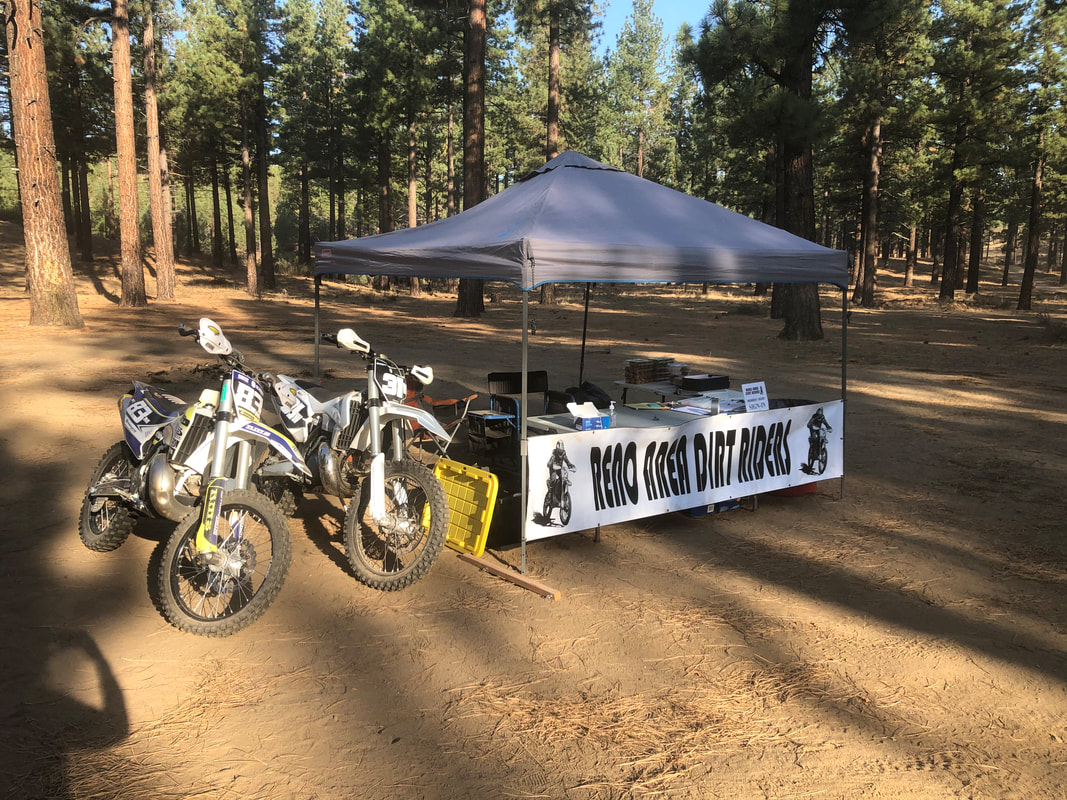
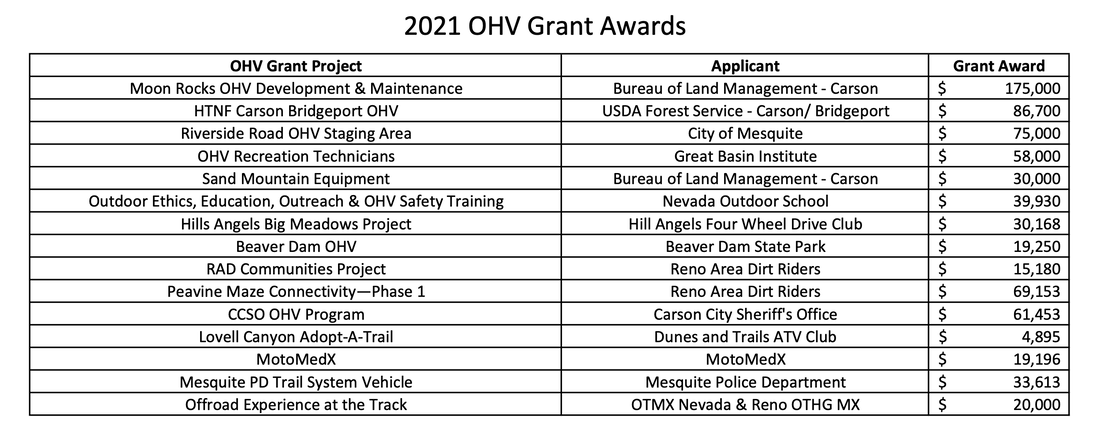




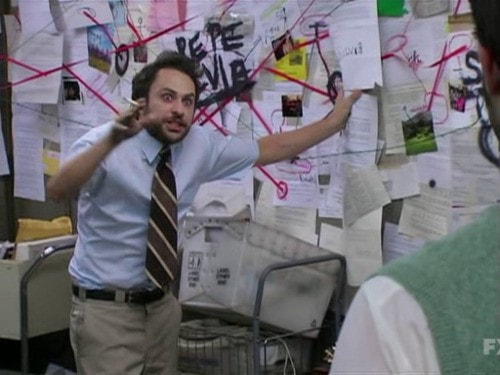
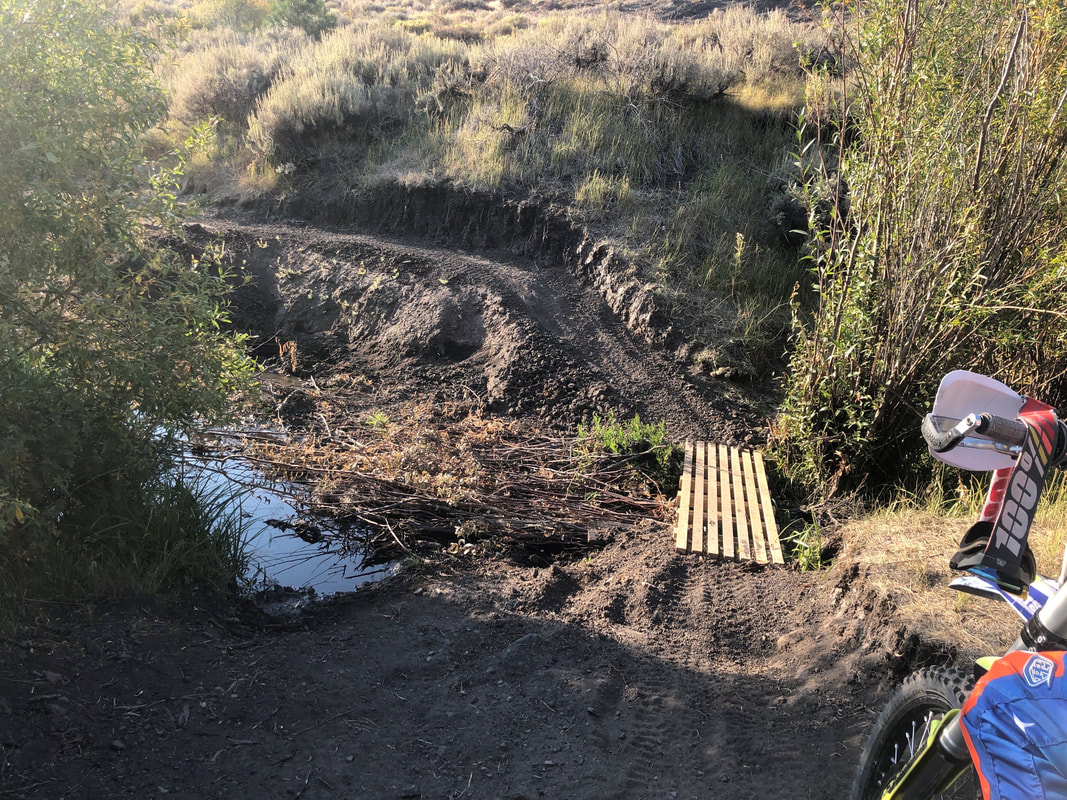
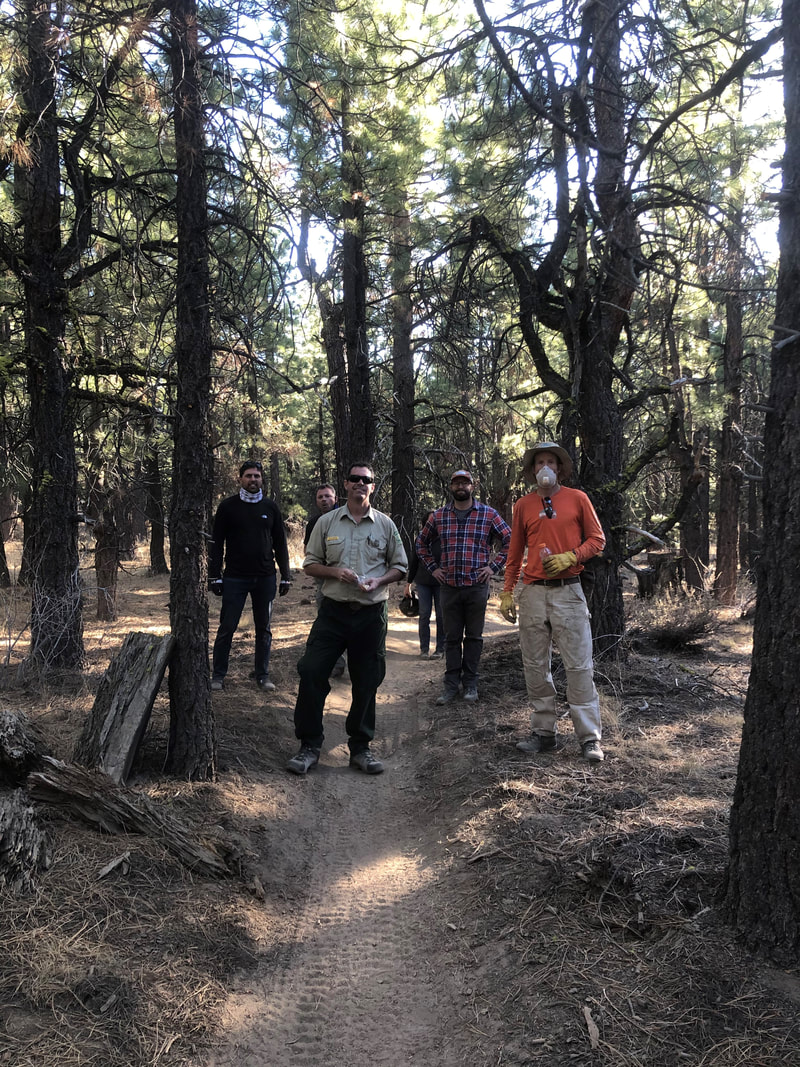
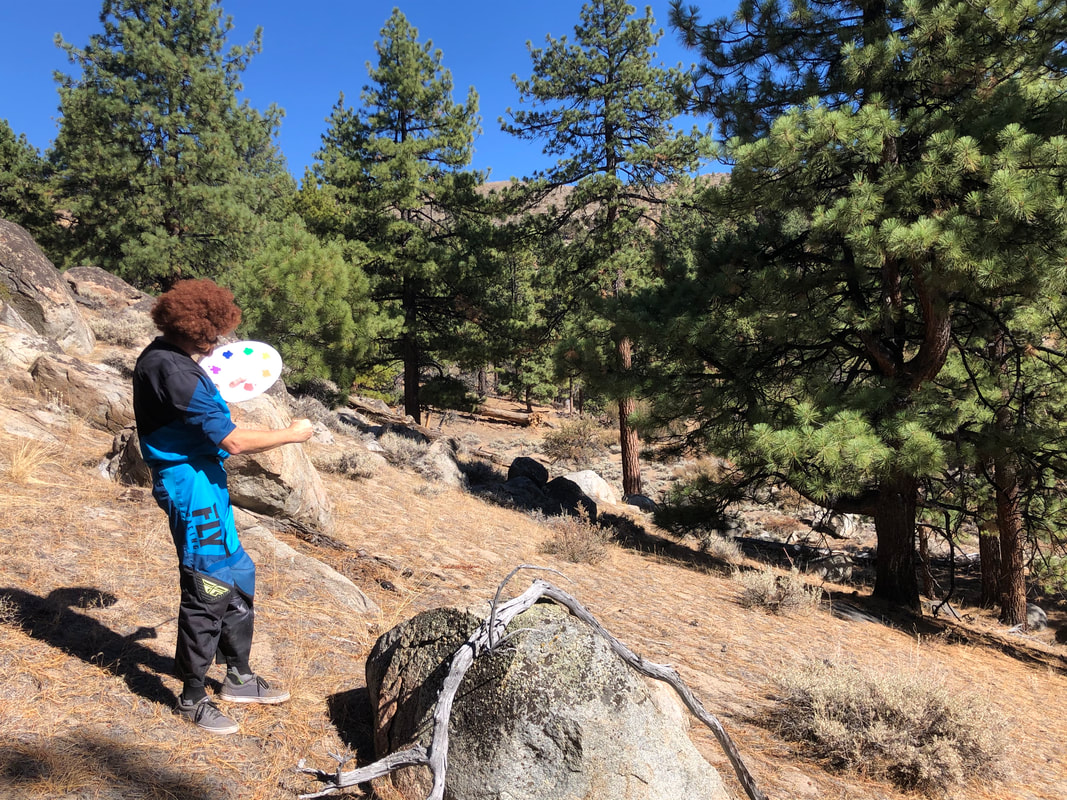
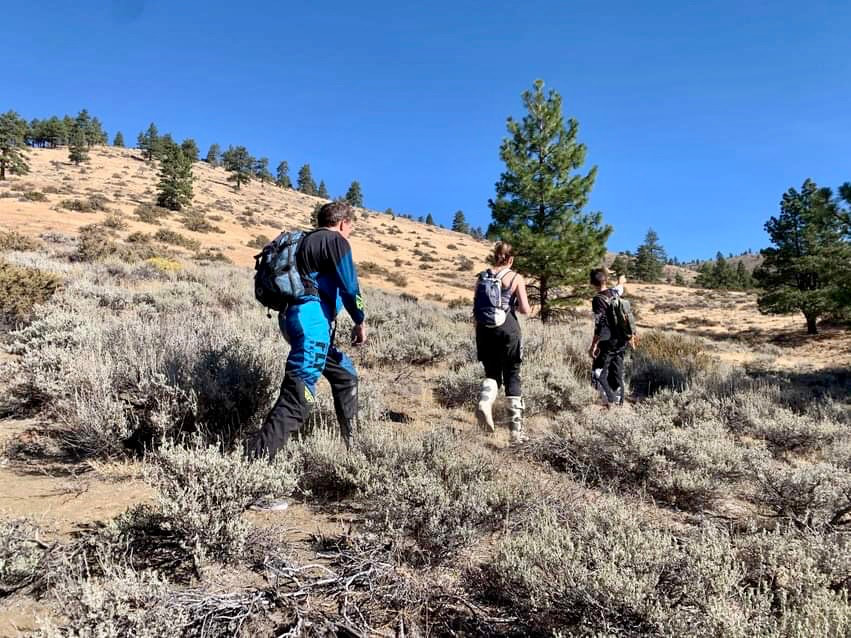
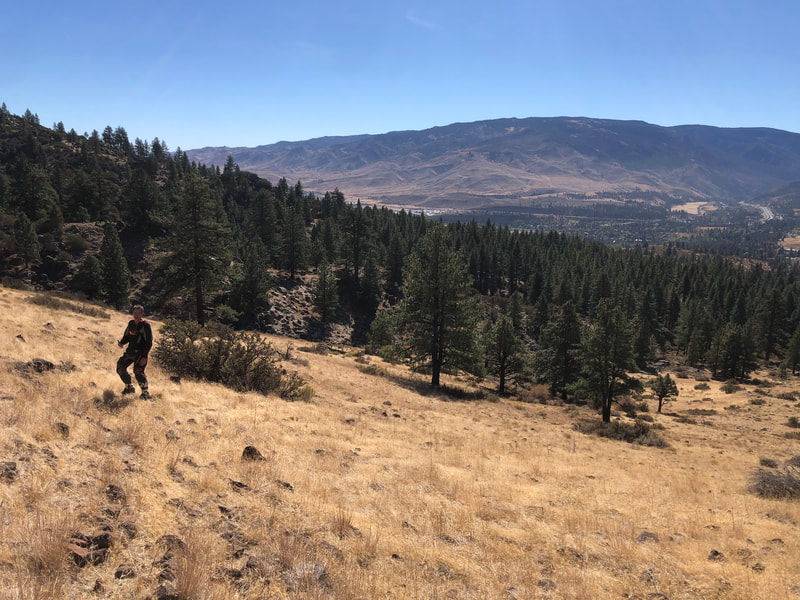
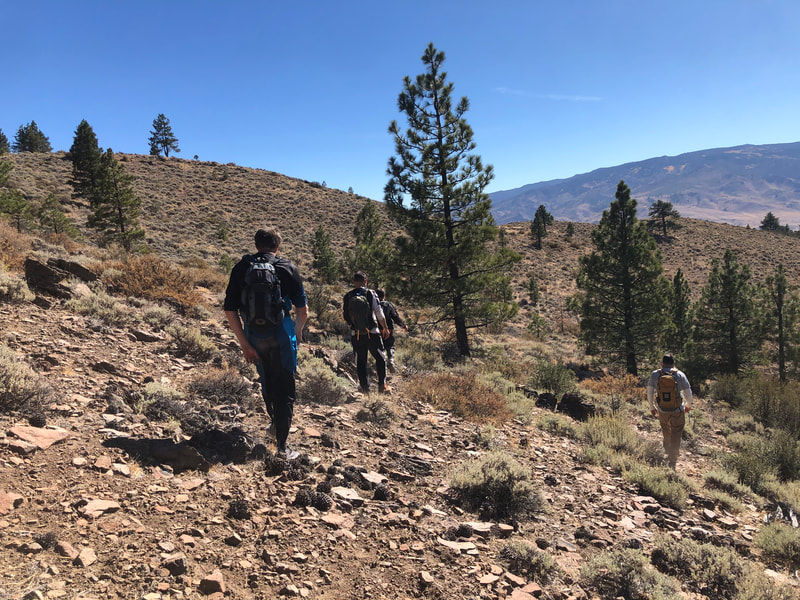
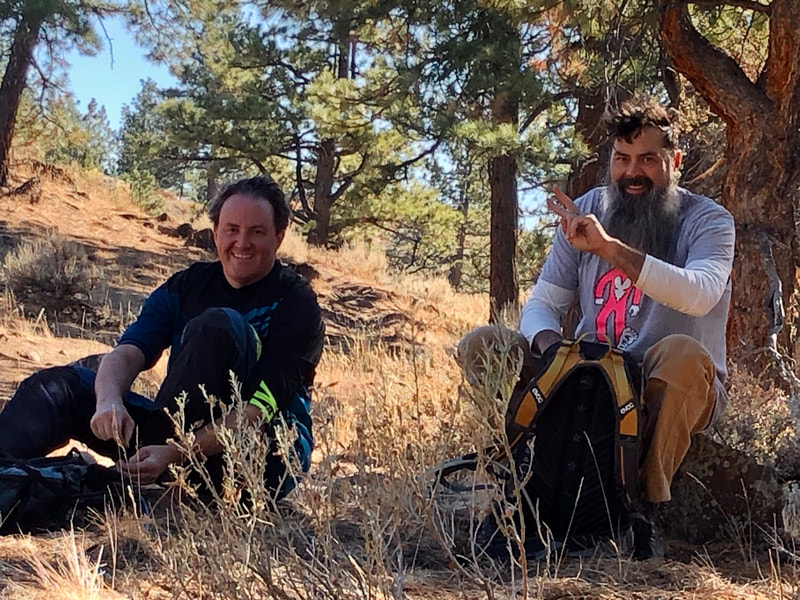
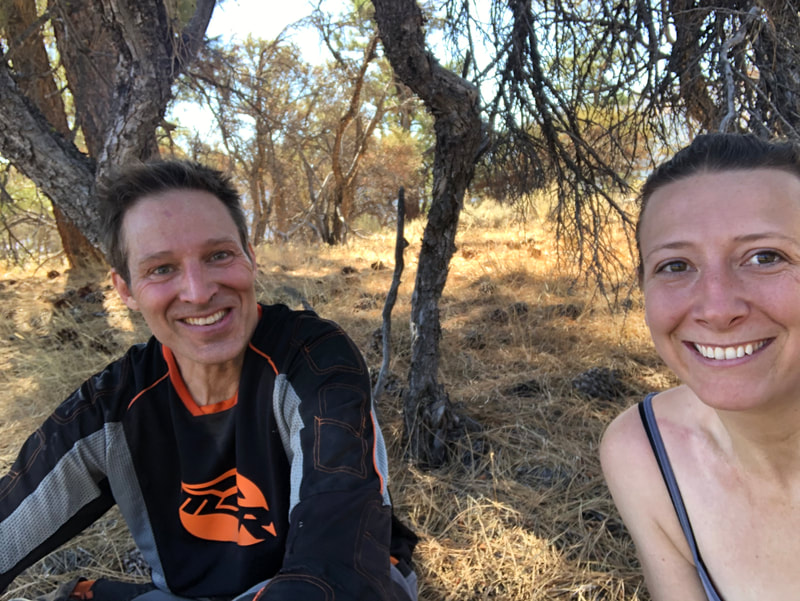
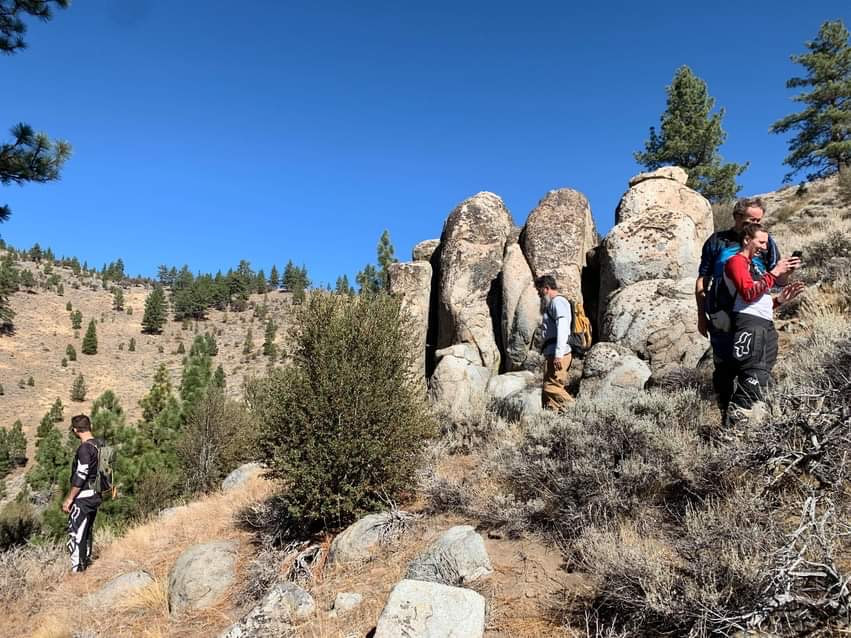
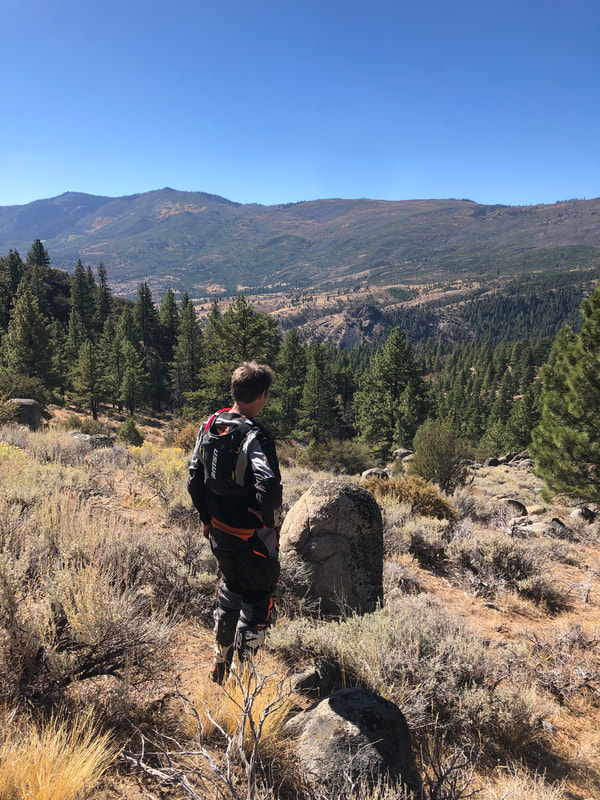

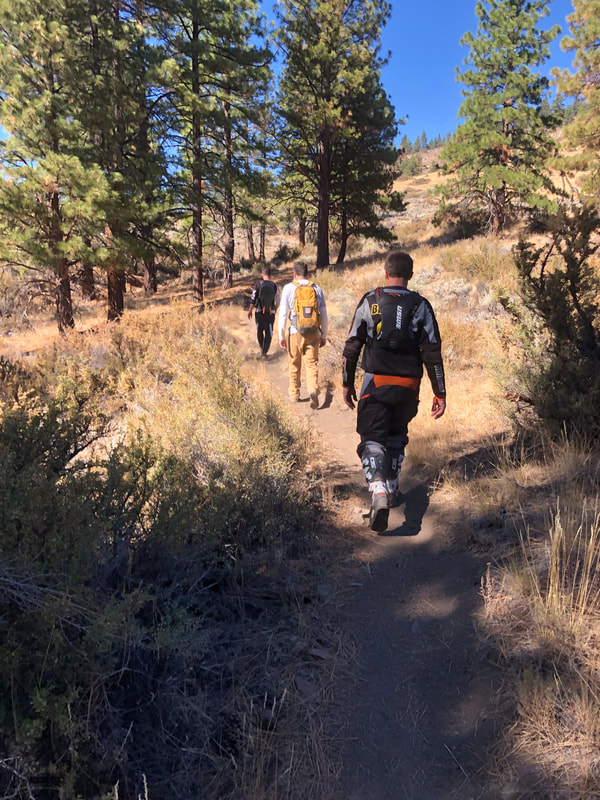


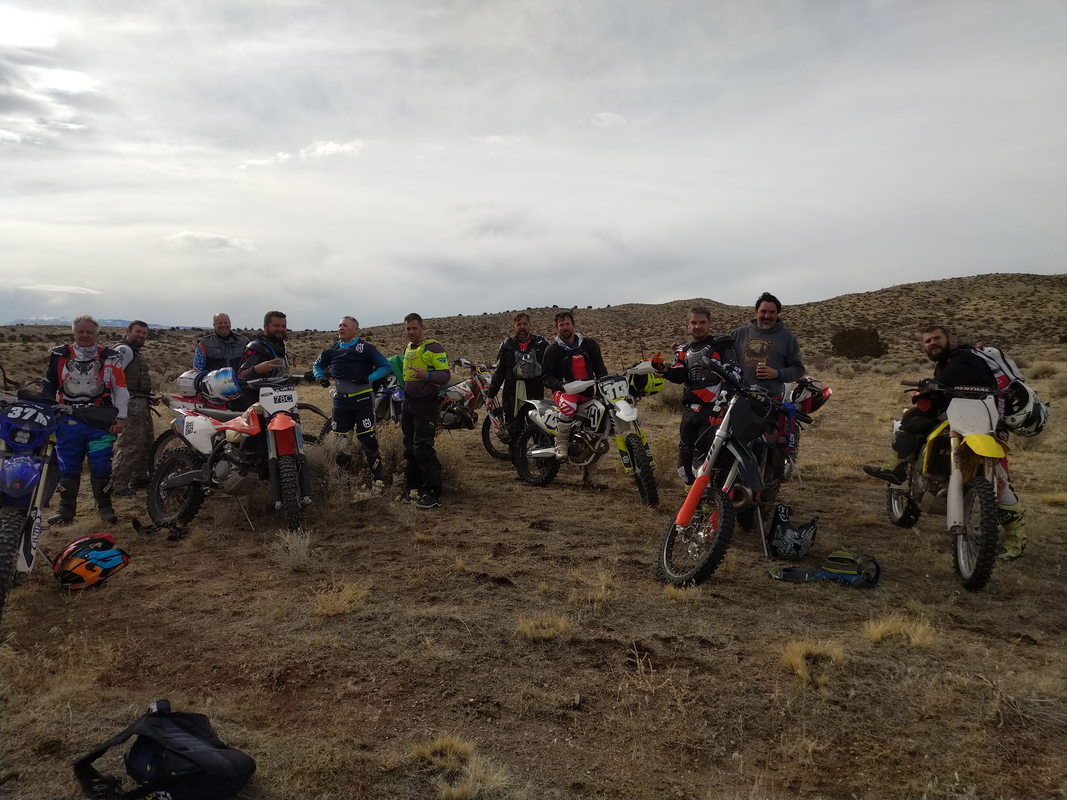
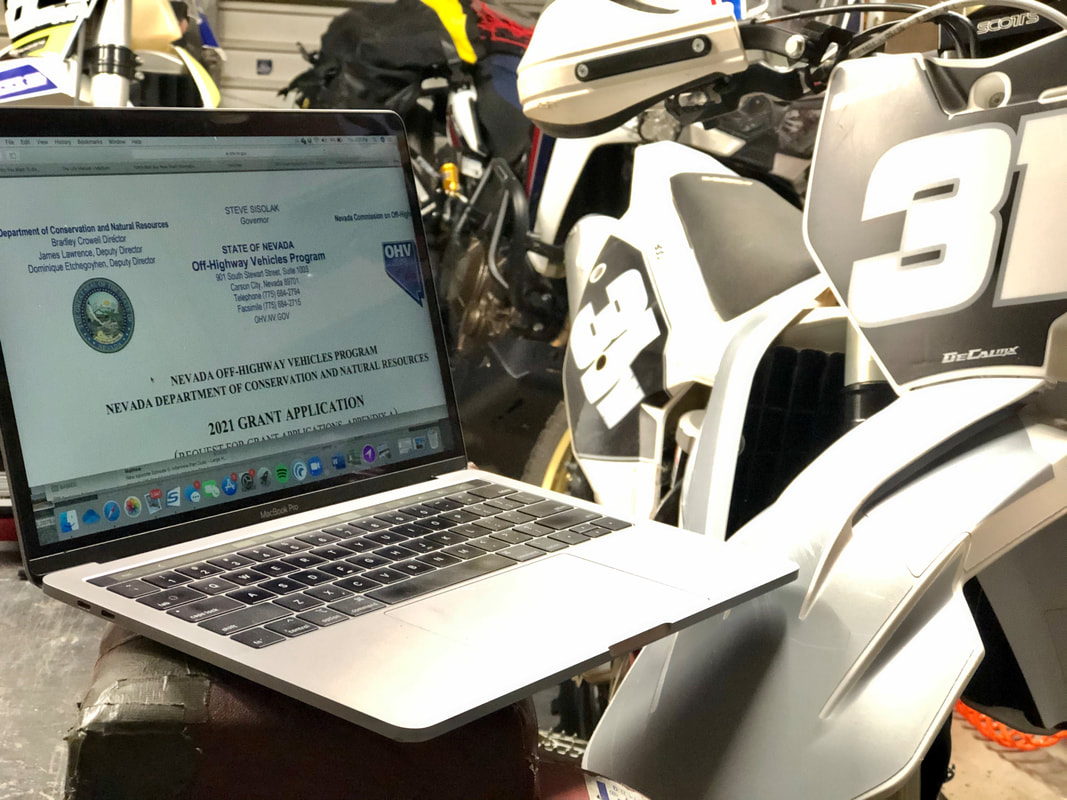
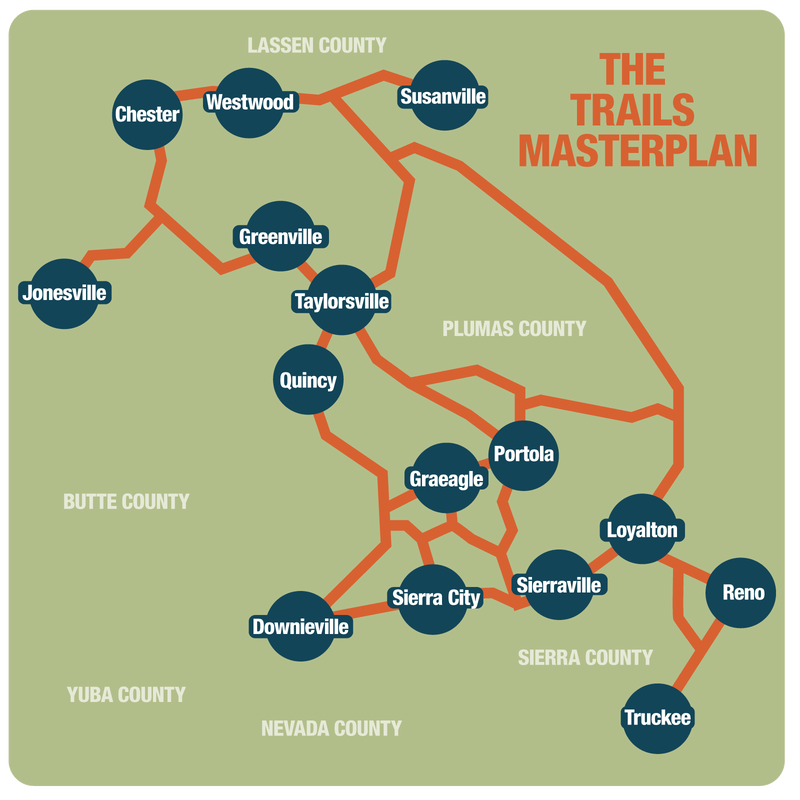
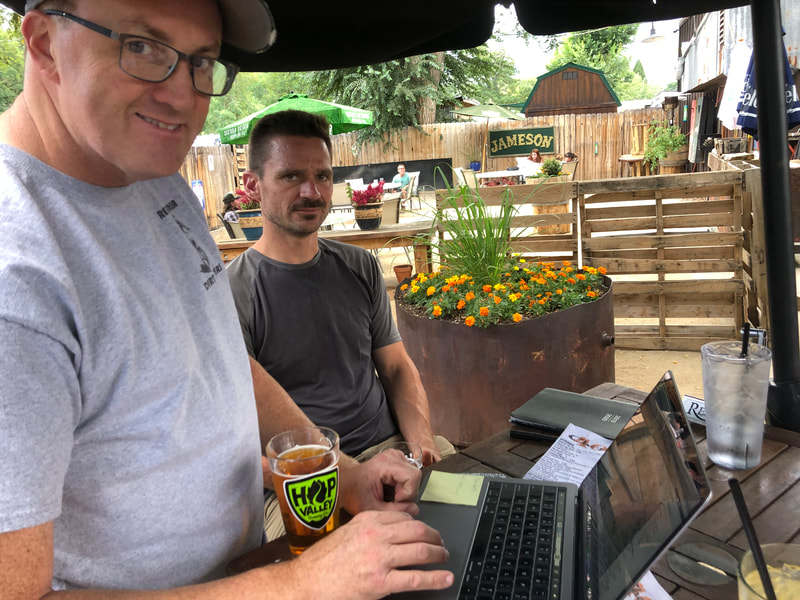
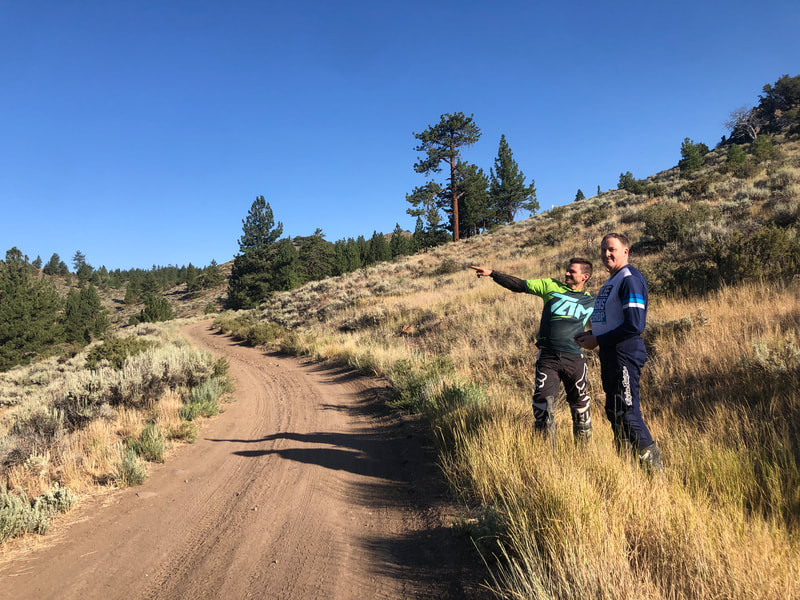
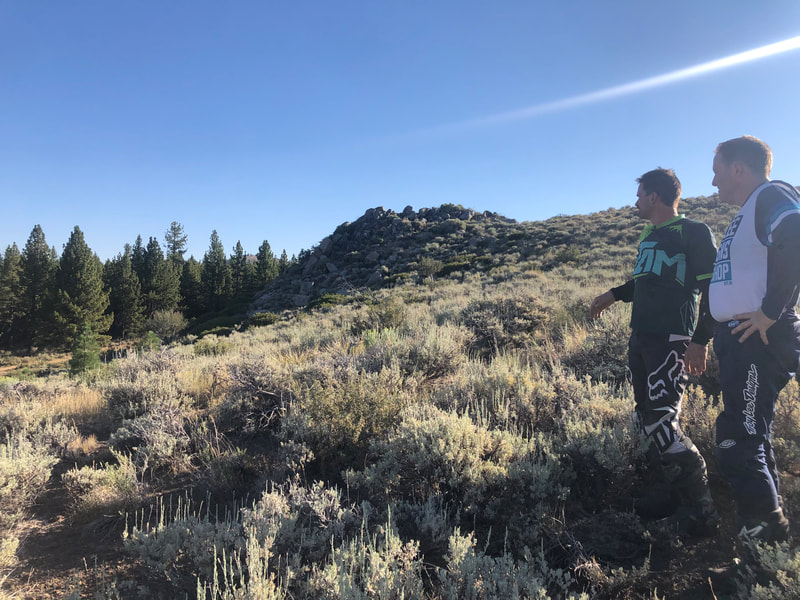
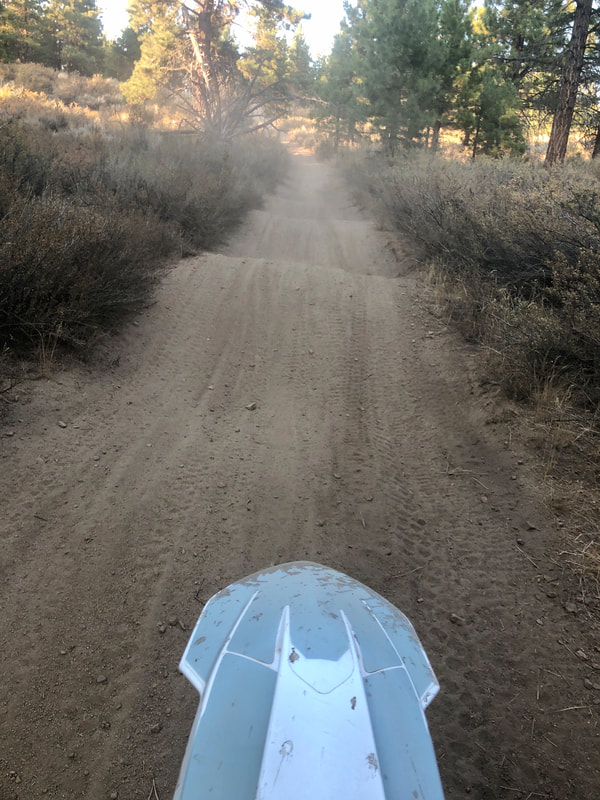
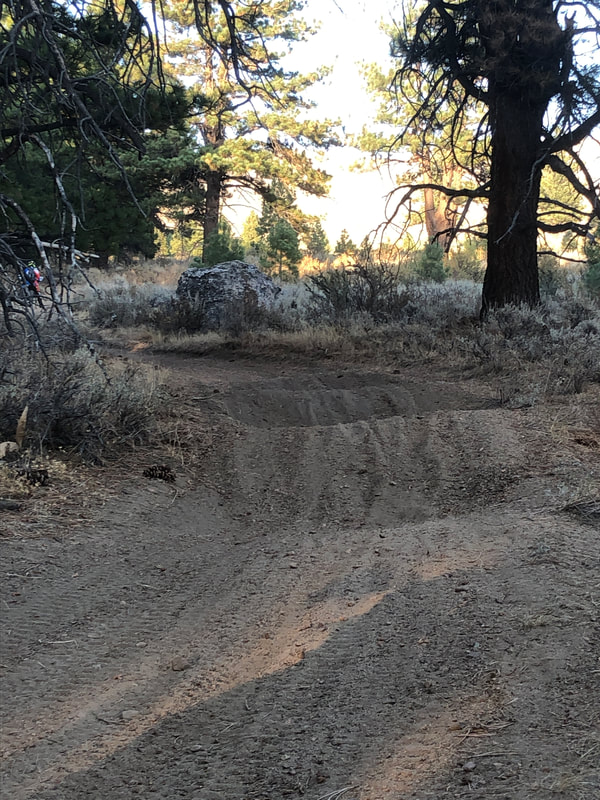
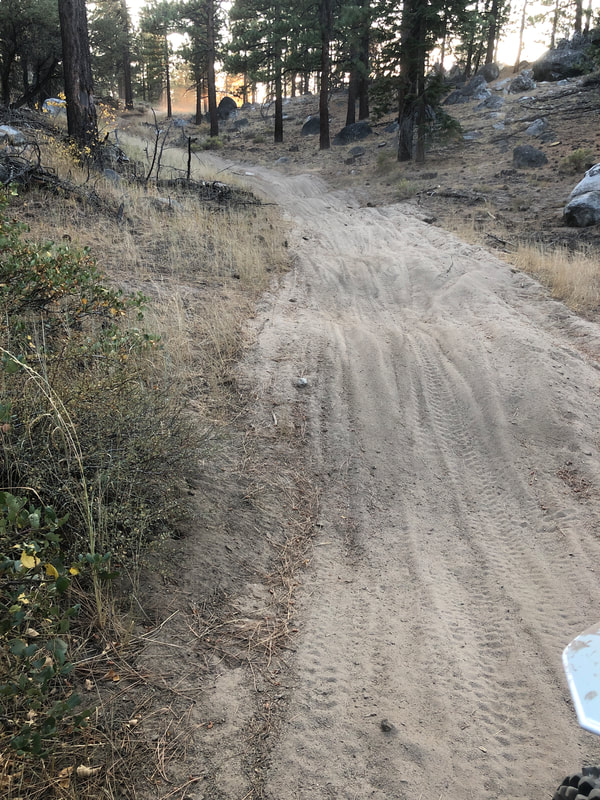
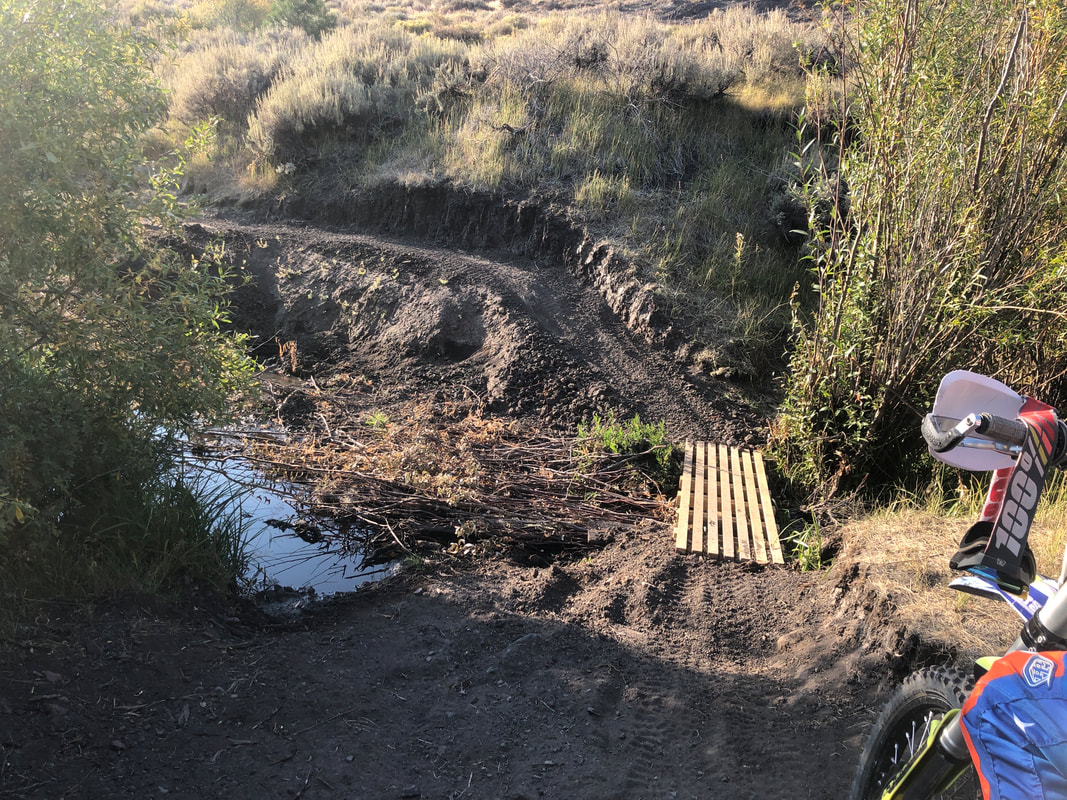
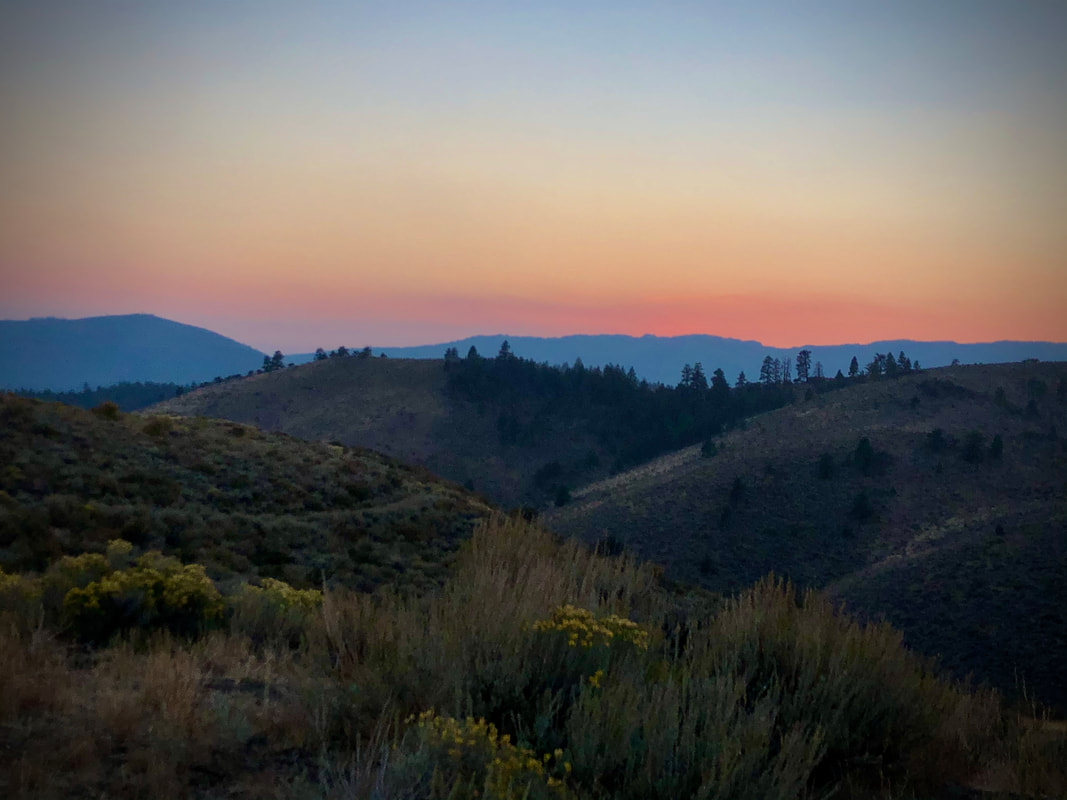
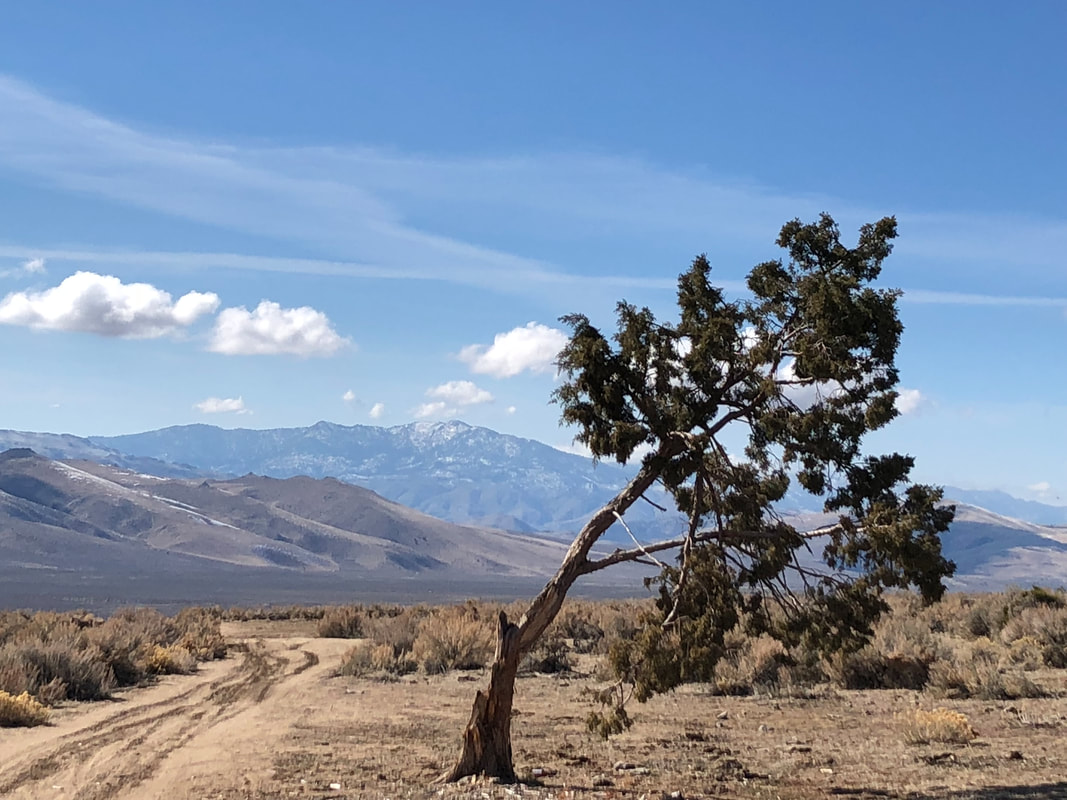
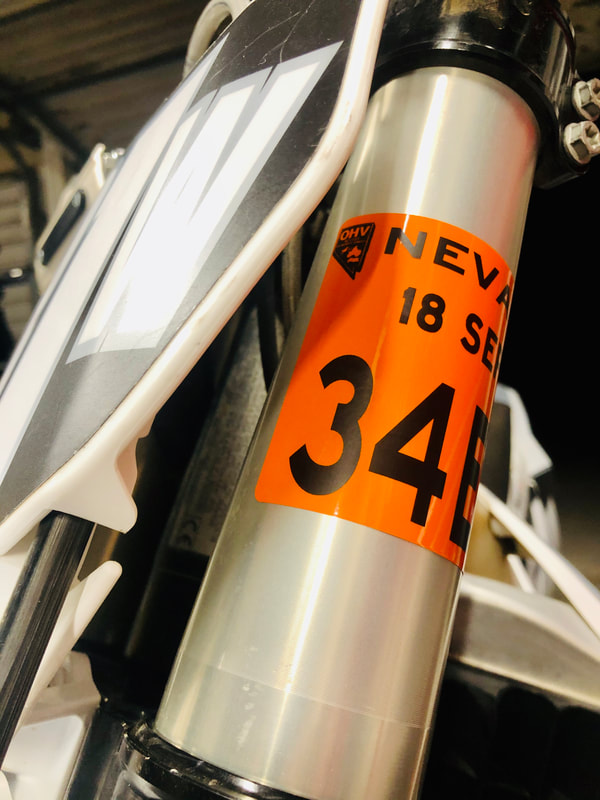
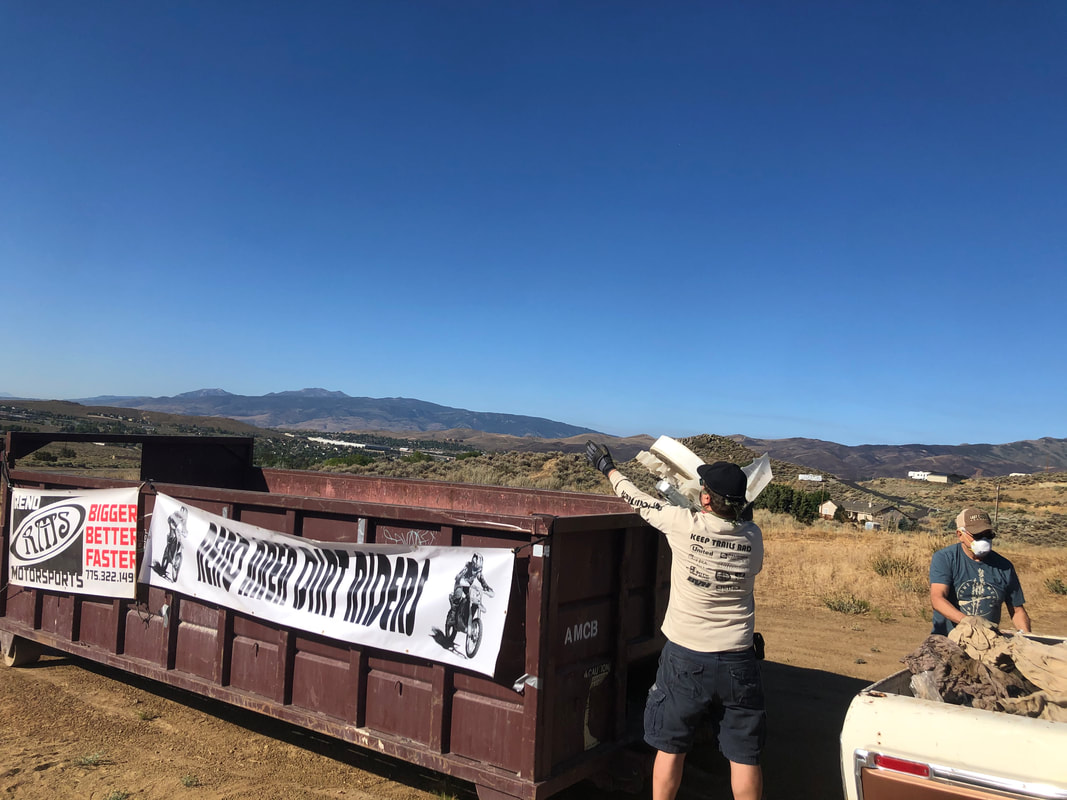
 RSS Feed
RSS Feed